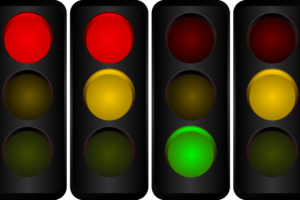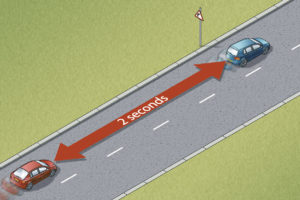Clutch Control
One of the most difficult challenges of learning to drive is the correct operation of the clutch, which we know as clutch control.
Many learners opt to take an automatic driving test to alleviate the stress of having to operate the clutch. A significant problem with many learner drivers is lack of preparation by not looking at what is happening in front.
For example if you have stopped in traffic, a learner will often wait till the car directly in front starts to move before they think about operating the clutch. Ideally they need to be looking further ahead for signs that the traffic has started to move and to get themselves prepared to move.
This lack of preparation leads to stress as they think that they are holding everyone up behind them. As a result, they will operate the clutch too quickly which often ends in stalling the car. Explained is the basic function of a clutch, how to use a car clutch along with hill starts.

HOW DOES A CLUTCH WORK
To gain a better understanding of clutch control, you need a basic understanding of how a clutch works. A car engine, even on tick-over is constantly spinning. A clutch separates the car wheels from the engine. If the car wheels where permanently linked to the engine, it wouldn’t be possible to stop the car without the engine stalling. Without a clutch, it would also be very difficult for the car to move off from a stationary position. A clutch also enables you to change gear.
Clutch control diagram explained
Engine A
In the diagram provided, we can see the two plates that represent the clutch. Engine A has the clutch pedal depressed to the floor, which in turn separates the clutch friction plates. When the clutch plates are separated, it disconnects the car engine from the wheels, which also prevents any power to the wheels. One of the clutch plates is still spinning along with the engine, as the engine is constantly spinning. A gear is then selected.
Engine B
Now that the car is in-gear, the clutch pedal needs to be raised, which in turn brings the clutch plates together. When moving off from a stationary position using 1st gear, lifting the clutch pedal slowly allows the clutch plates to come together slowly. This allows the plates to slip and allow the car to move off smoothly until they are tightly pressed together, joining the broken link between the wheels and the engine.





